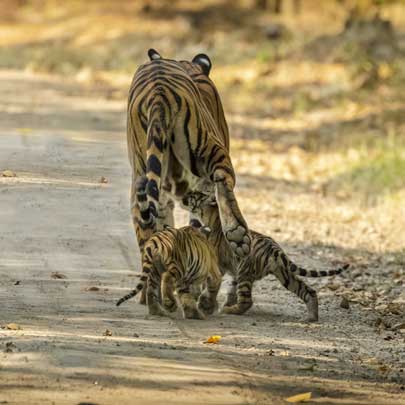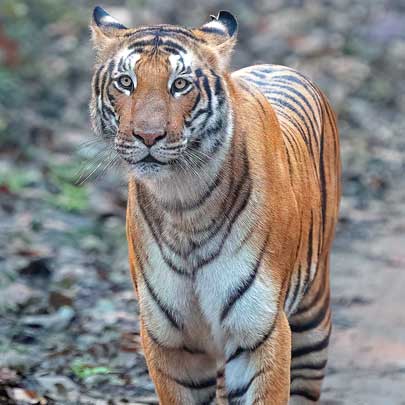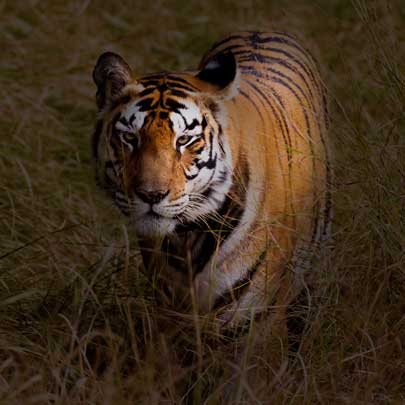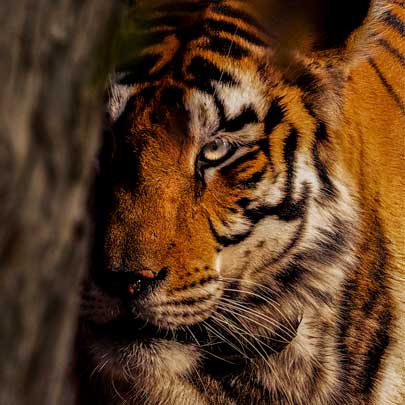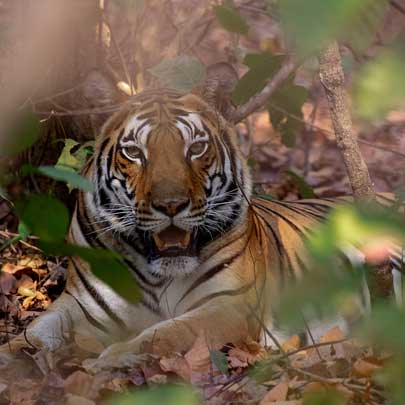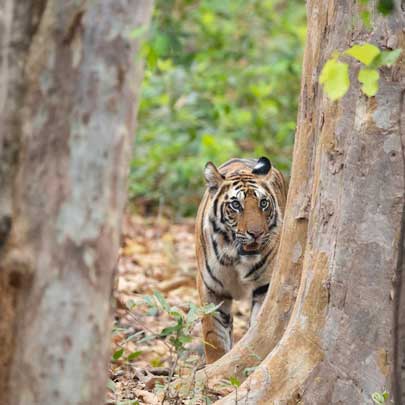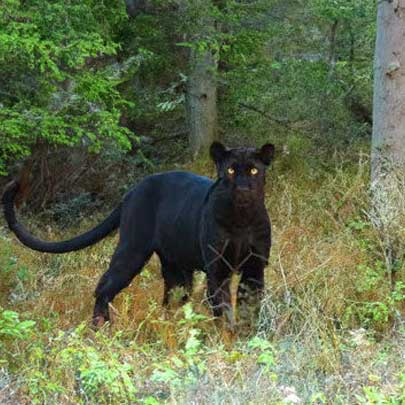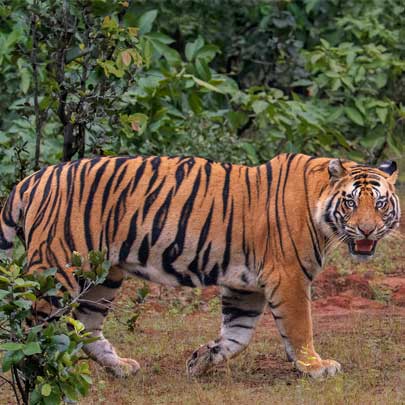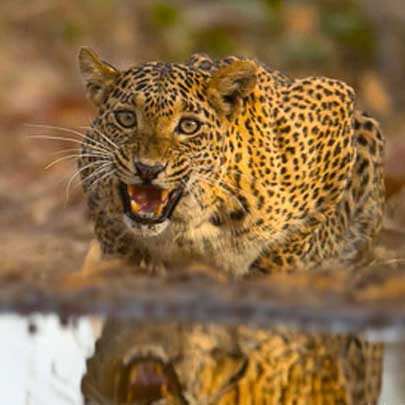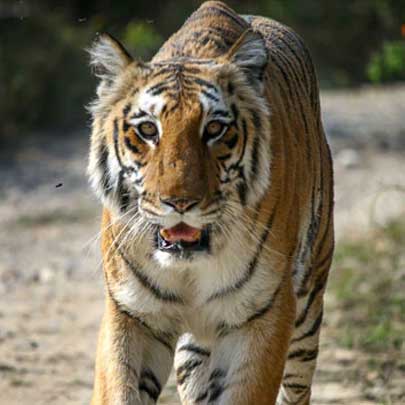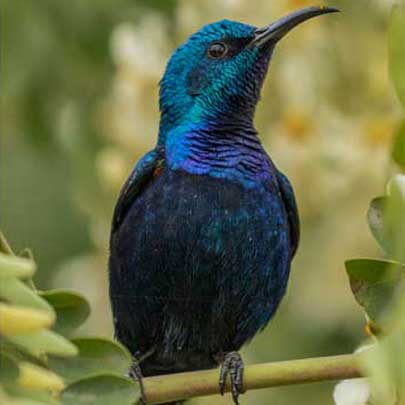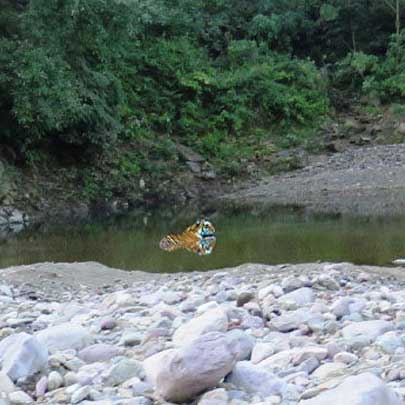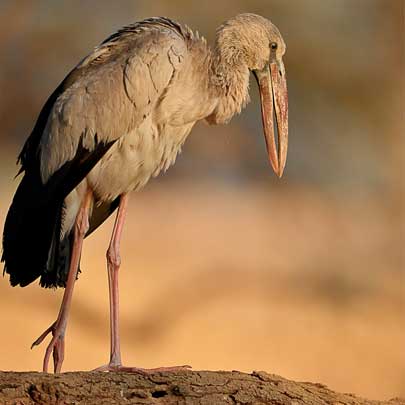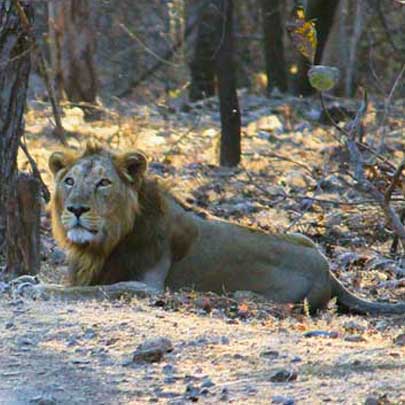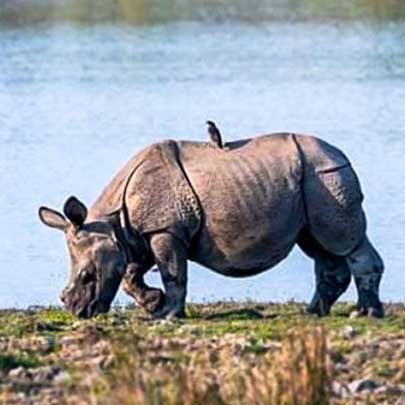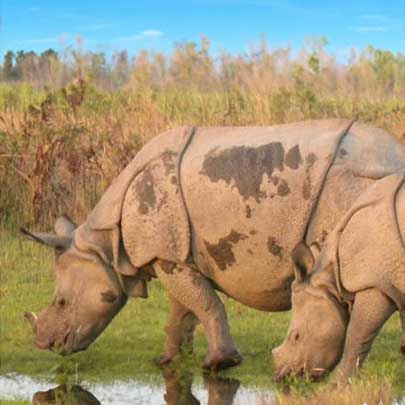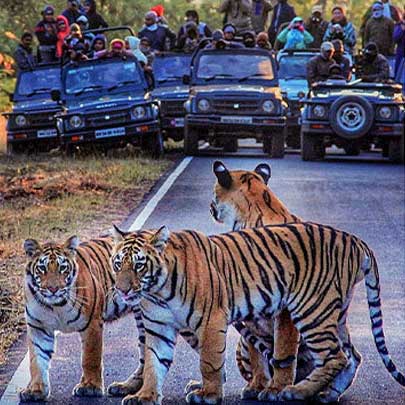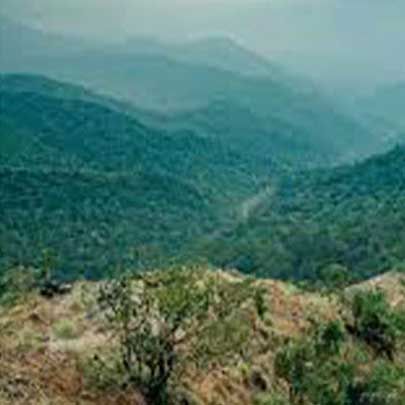Exploring The Landscapes Of Corbett National Park: Beyond Tigers
Corbett National Park, nestled in the foothills of the Himalayas, is India’s oldest and one of its most celebrated wildlife sanctuaries. While the park is famous for its majestic Bengal tigers, its stunning landscapes and biodiversity make it a treasure trove for nature enthusiasts. From dense forests and meandering rivers to expansive grasslands, Corbett offers more than just wildlife—an invitation to explore the wild in its purest form.
Diverse Landscapes of Corbett National Park
-
Sal Forests
-
Description: Lush green sal trees dominate Corbett's terrain, providing a serene canopy.

-
Significance: Home to various bird species, herbivores and predators.

- Best Areas: Dhikala and Bijrani zones.
-
Description: Lush green sal trees dominate Corbett's terrain, providing a serene canopy.
-
Riverine Ecosystem
-
Description: The Ramganga River and its tributaries flow gracefully through the park.

- Significance: A lifeline for aquatic species and a habitat for crocodiles, otters and migratory birds.
- Activities: Riverbank safaris, fishing camps (in buffer zones) and birdwatching.
-
Description: The Ramganga River and its tributaries flow gracefully through the park.
-
Grasslands (Chaurs)
-
Description: Open meadows interspersed within the forested areas.

- Significance: Ideal for spotting herbivores like elephants, deer and predators like leopards.
- Famous Spot: Dhikala Chaur.
-
Description: Open meadows interspersed within the forested areas.
-
Hilly Terrain
-
Description: Undulating hills and ridges create a dramatic backdrop.

-
Significance: Offers panoramic views and is home to a unique range of flora and fauna.

- Popular Trails: The Kalagarh Hills.
-
Description: Undulating hills and ridges create a dramatic backdrop.
-
Marshy Lands
-
Description: Seasonal marshes and wetlands are scattered across the park.

- Significance: Breeding grounds for amphibians and waterfowl.
- Best Time to Visit: Post-monsoon for a vibrant ecosystem.
-
Description: Seasonal marshes and wetlands are scattered across the park.
Flora: The Green Symphony
Corbett boasts over 600 plant species, contributing to its enchanting biodiversity.
-
Sal, Sheesham, and Khair Trees: Form the backbone of Corbett’s forests.

- Grasses: Species like Kans and Elephant Grass dominate the meadows.
-
Wildflowers: Seasonal blooms add bursts of color to the landscape.

Fauna Beyond Tigers
-
Mammals:
- Elephants, leopards, jackals, and sloth bears.
- Herds of chital (spotted deer) and sambar deer are commonly seen in grasslands.

-
Birds:
- Corbett is a birdwatcher’s paradise with over 650 species, including crested serpent eagles, parakeets and kingfishers.

- Corbett is a birdwatcher’s paradise with over 650 species, including crested serpent eagles, parakeets and kingfishers.
-
Reptiles:
- Marsh crocodiles, gharials and various species of snakes inhabit the rivers and marshlands.
-
Aquatic Life:
- Mahseer fish thrive in the Ramganga River, contributing to the park’s aquatic diversity.
Activities To Explore Corbett’s Landscapes
-
Jeep Safaris
- Safaris offer an excellent way to experience Corbett's diverse terrain.
-
Zones: Dhikala, Bijrani, Jhirna and Dhela are popular for wildlife and landscape exploration.

-
Birdwatching Tours
- Early mornings are perfect for spotting vibrant bird species in forested and riverine areas.
-
Nature Walks and Treks
- Guided treks through buffer zones allow visitors to experience the park’s flora and fauna up close.
-
Riverbank Strolls
- Scenic walks along the Ramganga River offer opportunities to spot aquatic life and enjoy the tranquility of the surroundings.

- Scenic walks along the Ramganga River offer opportunities to spot aquatic life and enjoy the tranquility of the surroundings.
-
Photography Expeditions
- The varied landscapes provide breathtaking backdrops for capturing nature’s beauty.

- The varied landscapes provide breathtaking backdrops for capturing nature’s beauty.
When To Visit
- Winter (November to February): Perfect for birdwatching and scenic beauty.
- Summer (March to June): Ideal for wildlife spotting near water sources.
- Monsoon (July to October): Limited access, but the park blooms with lush greenery.
Conclusion
Corbett National Park is more than just a haven for tigers; it’s a living mosaic of ecosystems that invite visitors to immerse themselves in the beauty of nature. Whether you’re a wildlife enthusiast, a photographer or simply someone seeking peace in the wilderness, Corbett’s landscapes promise an unforgettable experience. Explore beyond the tigers, and you’ll uncover the park’s true essence—a celebration of life in all its forms. 🌳🐘🌿

























